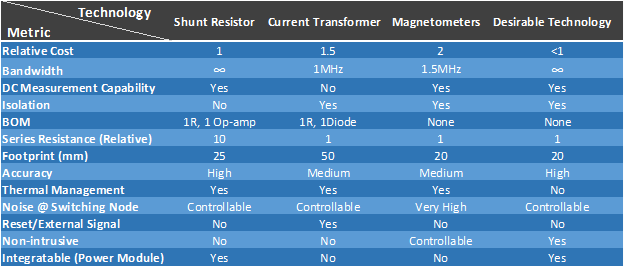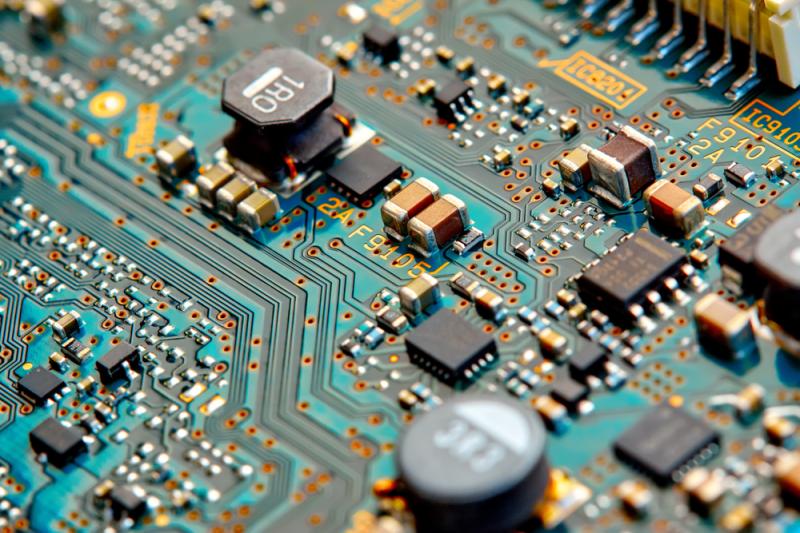Embracing disruptive technologies can unlock new possibilities in current sensing.
Current sensing plays a crucial role in various industries, from electric vehicles to renewable-energy systems, where precise and reliable measurements are essential. However, the most common current-sensing technology, the shunt resistor, has limitations that hinder its application in high-voltage systems. As the market for current-sensing technology is projected to reach $3.6 billion by 2025, there is a growing need for disruptive solutions that can overcome these limitations and meet the demands of modern power systems.
Shunt resistor technology, the most popular current-sensing technology while offering benefits like accuracy and affordability, lacks galvanic isolation, making it suitable only for ground-referenced or low-voltage measurements. This limitation raises concerns about its ability to fulfill the current-sensing needs of high-voltage applications like 800-V battery-powered EVs, 1,500-V solar-energy systems and 2,000-V propulsion systems of electric aircraft, as well as the 80 Plus energy efficiency certificate for server power supplies. As the demand for more efficient and sustainable power systems continues to rise, alternative technologies have emerged, such as current transformers and magnetometers (Hall-effect and magnetoresistive). However, these alternatives often come with their own limitations, including speed, accuracy, size, operation range and cost.
History has shown that market and performance requirements have driven technological advancements toward more integrated systems. Operational amplifiers (op amps) provide a notable example of this trend. Initially built using discrete components, these early op amps were limited in performance and efficiency. However, as the demand for advanced signal processing grew, the development of integrated-circuit (IC) op amps revolutionized the industry. Today, IC op amps are ubiquitous in electronic systems. Similarly, the power electronics industry is now experiencing a similar shift toward integration, driven by market demands for higher performance and efficiency.
In the context of power electronics, integrated systems offer numerous advantages, including improved efficiency, increased reliability, simplified design and assembly, and lower costs. With the rapid electrification of various industries, the demand for more integrated systems and modules has intensified. The emergence of advanced power semiconductor devices like silicon carbide and gallium nitride transistors, known as wide-bandgap semiconductors, further drives the necessity for integrated solutions to achieve ultimate performance and cost advantages.
As power and energy systems evolve, current-sensing technology must also adapt and evolve. Disruptions in current-sensing technology are necessary to meet the growing demands of high-voltage applications. An ideal current-sensing solution would seamlessly integrate into the system, providing galvanic isolation, high speed, accuracy and non-intrusiveness to the host circuit. By surpassing the limitations of shunt current-sensing technology, disruptive solutions have the potential to revolutionize the current-sensing landscape and pave the way for more efficient and sustainable power systems.
By embracing disruptive technologies, we can unlock new possibilities in current sensing and accelerate the development of more efficient and sustainable power and energy systems.

See article in Power Electronics News
